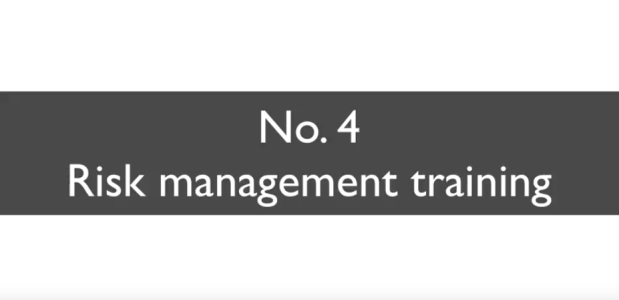 Risk Culture Conversations episode 4 is now available and focuses on a critical aspect of Risk Culture – Training!
Risk Culture Conversations episode 4 is now available and focuses on a critical aspect of Risk Culture – Training!
3 Lines of Defence…
For years we have been hearing of the importance of the 3 lines of defence. We are even hearing of the 4 and 5 lines of defence these days as organisations look to put more and more emphasis on defence. As Horst Simon, Risk Culture Builders, puts it, Risk Management relies too much on defence when in fact it should be about attacking. No team wins when only relying on defence.
Lets take the concept of 3 lines of defence however. Assuming it works, and I do believe it can work, then one of the critical success factors has to be the 1st line. The 2nd line and 3rd line provide no defence at all… by the time they pick things up its too late anyway. Organisations therefore, have to rely on the 1st line of defence, The employees of the organisation. If the first line of defence is so critical, why do so many organisations neglect them?
Employees, if they are to manage risk effectively and quickly, need a certain level of freedom to make decisions. Too often however, organisations have a lack of trust when it comes to employees, and levels of authority, are both too restrictive and cumbersome. Additionally, organisations often fail to offer a process or tools that enable employees to properly manage, escalate or communicate risks.
One of the bigger issues however is the fact that whilst the 1st line of defence is supposed to protect the organisation, they haven’t been given the training on how to do it. Risk Management training, company values and ethics training and all other reputation, behaviour and risk training are vital for a 1st line of defence to be effective. Its not just protection either. Risk training needs to focus on the opportunities.
In the latest episode of Risk Culture Conversations we discussed three key aspects of training.
Internal vs External training – 0.00 – 7.20 minutes in video.
I have been on both sides of an organisation. As a risk manager as well as a consultant providing consulting and training services to the client. As a risk manager, it was clear that there was a need for a mixture of both internal and external training for a variety of reasons discussed in this video.
We discuss the benefits and negatives of both internal training run by the risk team on a frequent basis as well as external training from the likes of Baldwin Global’s “Baldwin Academy” or Kontrapro Risk Management. We also look at the certification route that the Institute of Risk Management (IRM), who provide certificates and further education in the field can bring to the table. And we don’t shy away from the fact that there are negatives to external training.
Practical Solutions to ensuring participation and engagement during training – 7.20 – 12.20 minutes in the video
Whilst having training is a major part of building a positive risk culture, very often, training either focuses on the wrong areas or isn’t engaging enough. In order to ensure participants get the most of the training, we discuss practical solutions to ensuring that they are active and learning throughout the training such as using real life examples of risk management rather than just stating the usual “Risk is good” “Risk management meets objectives” etc. This again includes positives and negatives of various approaches such as bringing leadership into the training vs having them separated as well as gasification of training.
How to ensure training is effective – 12.20 – 20.29 minutes in the video
Once you have participation and engagement, you need to ensure that the training is effective and can be translated and used in the workplace. This covers aspects such as using a variety of techniques in order to get the most from the session and to ensure information is retained. From watching films to having assignments following the training, we discussed a variety of ideas to improve training.



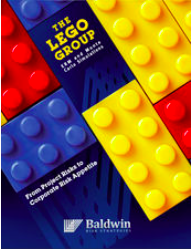
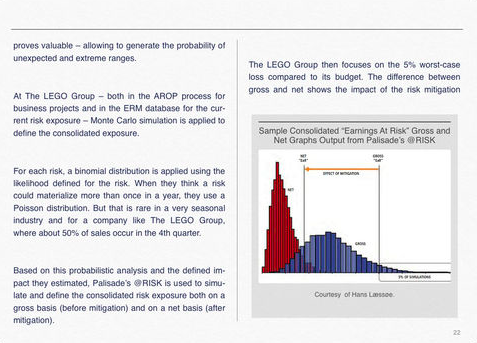

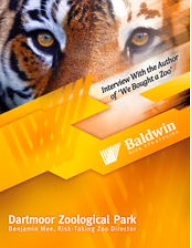 Mr. Mee and the DZP presented an excellent case study in that regard. They were an interesting example of an organization led by a fully invested risk-taker focusing on opportunities, but who also knows what his key risks are and how to manage them.
Mr. Mee and the DZP presented an excellent case study in that regard. They were an interesting example of an organization led by a fully invested risk-taker focusing on opportunities, but who also knows what his key risks are and how to manage them.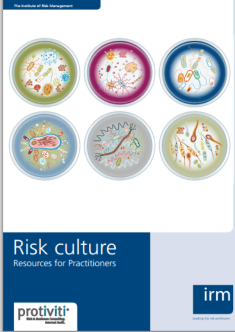


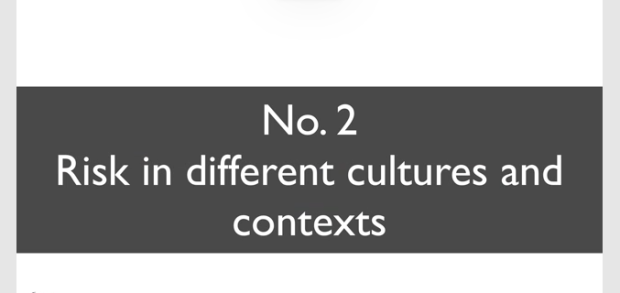
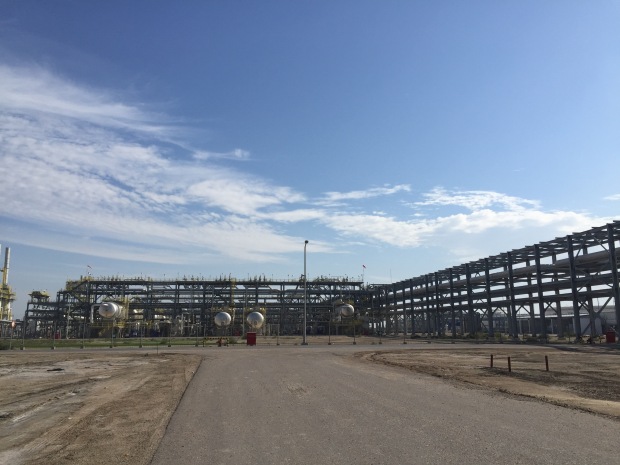





 Companies try hard to make living conditions as pleasant as possible. The camps I have visited have had walkpaths, greenery and in some cases even Landscaped gardens. As much as they try however, the tall walls and security
Companies try hard to make living conditions as pleasant as possible. The camps I have visited have had walkpaths, greenery and in some cases even Landscaped gardens. As much as they try however, the tall walls and security












 Without going into too much sercurity detail, it’s a 2-3 hour journey in armoured vehicles. They can reach very high temperatures inside even with the air-conditioning and they also magnify every bump and pothole in the deteriorated roads. Add to that the heavy body armour you have to wear and it’s a recipe for a very uncomfortable journey.
Without going into too much sercurity detail, it’s a 2-3 hour journey in armoured vehicles. They can reach very high temperatures inside even with the air-conditioning and they also magnify every bump and pothole in the deteriorated roads. Add to that the heavy body armour you have to wear and it’s a recipe for a very uncomfortable journey.